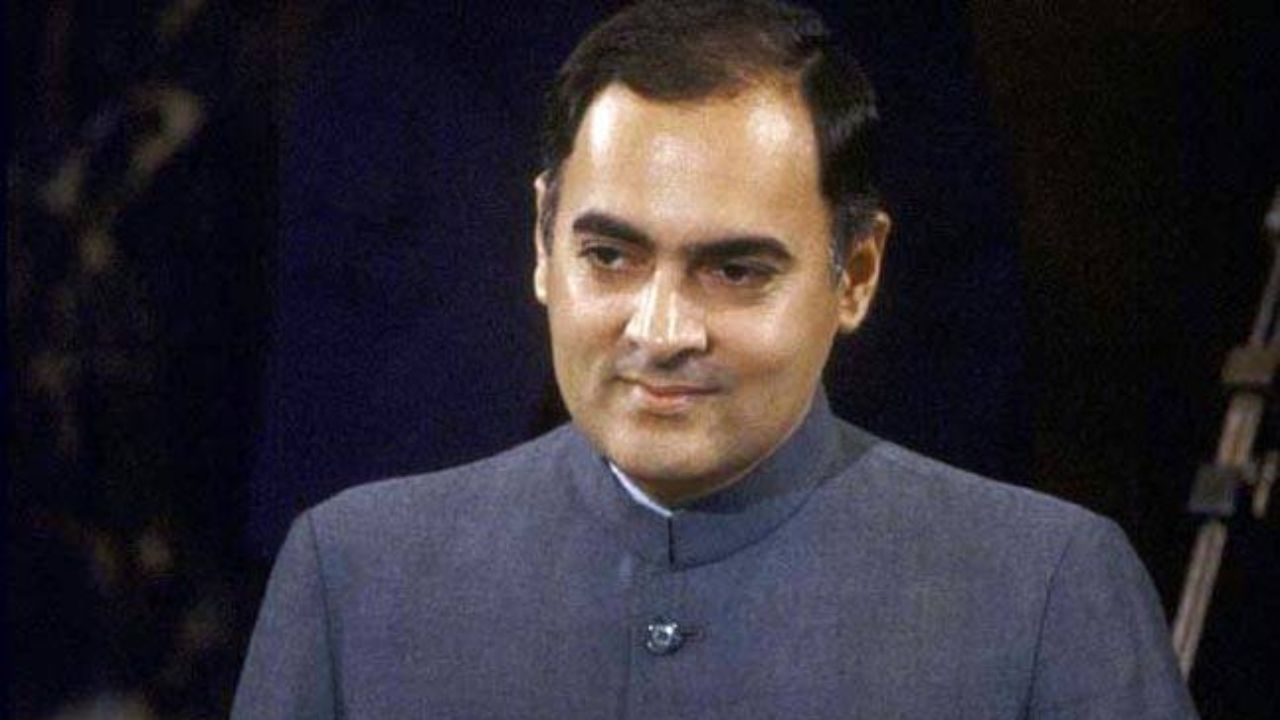 English
English

Rajiv Gandhi assassinated by LTTE suicide bomber in 1991, ending his political journey from PM to opposition leader. Read more on Dynamite News

Rajiv Gandhi
New Delhi: It was 21st May 1991. Rajiv Gandhi was campaigning for his upcoming elections in Sriperumbudur, Tamil Nadu. Where many followers had gathered to listen to his speech, reports Dynamite News correspondent.
After completing his speech, he started meeting people, and one among them was suicide bomber Kalaivani Rajaratnam (popularly known by her assumed names Thenmozhi Rajaratnam and Dhanu), a member of the banned Sri Lankan Tamil separatist rebel organization Liberation Tigers of Tamil Eelam (LTTE).
She came near Rajiv Gandhi and bent to touch his feet and abruptly exploded herself, killing Rajiv Gandhi and 14 others that day.
All of India was in shock upon hearing the news of Prime Minister Rajiv Gandhi's assassination. However, one question lingered in everyone's mind: why did this happen, and who was responsible for killing Rajiv Gandhi?
A Pre-Planned Destiny
Rajiv Gandhi was born on 20th August 1994 to former Prime Minister Indira Gandhi and Feroze Gandhi. After the mysterious death of Lal Bahadur Shastri, Indira Gandhi took over the reins of Prime Minister in 1966 and became the first woman Prime Minister of India.
Being born and brought up in a political family, in 1966, he started pursuing his mechanical engineering at Imperial College in London, but unfortunately, he could not complete it.
While pursuing mechanical engineering, he fell in love with Sonia Gandhi. After returning to India, he had no interest in politics, so he joined a flying club in Delhi, and later, in the year 1970, he worked as a pilot for Indian Airlines. But destiny had different plans for him.
Rajiv Gandhi never wanted to join politics, but Sanjay Gandhi was dissimilar. In 1980, Sanjay Gandhi died in a plane crash, and he also lost his mother, Indira Gandhi, who was assassinated by her Sikh bodyguards on 31st October 1984.
On the same day, he took the oath as prime minister.
Operation Cactus
In 1988, over 80 militants landed in the Maldives and attempted to overthrow the government. Maldivian President Maumoon Abdul Gayoom sought international assistance, including from India.
Indian Prime Minister Rajiv Gandhi authorized Operation Cactus on 3rd November 1988, deploying Indian paratroopers who successfully repelled the coup and restored control to the Maldivian government.
Conflict with LTTE
Meanwhile, the Liberation Tigers of Tamil Eelam (LTTE), a militant group fighting for a separate Tamil state in Sri Lanka, grew increasingly powerful, boasting an army, navy, and even a rudimentary air force. In 1987, the Sri Lankan government signed the Indo-Sri Lanka Accord with India, and Rajiv Gandhi dispatched the Indian Peace Keeping Force (IPKF) to disarm the LTTE.
However, the mission faced fierce resistance, and after Rajiv Gandhi’s Congress party lost the 1989 elections, new Prime Minister V.P. Singh withdrew the IPKF to avoid further Indian casualties.
Rajiv Gandhi, then in opposition, vowed to send troops back if re-elected. This stance angered the LTTE, and its leader, Velupillai Prabhakaran, allegedly viewed Gandhi as a threat. On 21st May 1991, while campaigning in Sriperumbudur, Tamil Nadu, Rajiv Gandhi was assassinated by a suicide bomber, Dhanu, an LTTE operative.
The blast killed Gandhi and 14 others, including the photographer, whose camera survived, providing crucial evidence.
Investigations, including the Jain Commission Report, concluded that the assassination was orchestrated by the LTTE due to political vendetta. The Supreme Court convicted four individuals (not five; Nalini Sriharan’s death sentence was later commuted to life imprisonment) for their roles in the conspiracy.